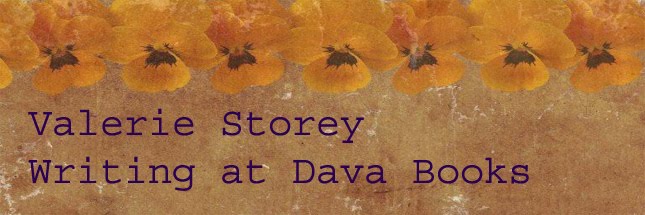 |
| "Mussel Shells" Faber-Castell Polychromos Pencils on Canson Pastel Paper |
Thanks to my reluctance to start, I procrastinated like a pro. I answered email, cleaned my house, wrote more poetry; anything to avoid drawing. Finally the day came when I either had to get to work or go to my group empty-handed, aka "being a quitter." Not my favorite option. So with deep misgivings I started in with just one. Hmm. Not so bad. So I tried another. And another. And before I knew it I had drawn all four. Hey, I did it! Which made me realize:
- Repetition is valuable. One of the main things holding me back was fear of boredom: how could I draw four similar shells without losing my mind? The truth, however, was very different: first, the shells were NOT similar, and second, by repeating the process several times my technique improved as I got to the last shell. Practice, practice, practice! Whether you want to improve your drawing, write exciting action scenes or learn the intricacies of arranging a pantoum, it takes more than one attempt to get it right.
- Don't hide away in your "I can't do it" shell. Rather than setting yourself up for failure by aiming for the most incredible work in the whole of human history, start a dreaded project by drawing or writing in your most basic style: just get some shapes or words down on paper. Once that's done, tweak a little here, add a little there--before you know it your right-brain will be engaged and intrigued with all the possibilities. At this point, I dare you to stop.
- Shells make great writing and art journal prompts. The first time I wrote about a seashell in my art journal was an entry about playing with my grandmother's collection of shells from the Gulf of Mexico when I was a little girl. I loved holding those shells to my ear and "listening to the sea." You might have a similar memory, or you might want to write about your first trip to the beach, or your own collection of seaside finds. On the fiction side, including a seashell in a short story, poem, or novel could trigger all sorts of themes, associations, and plot twists--especially if the shell is rare and valuable!
- Artwork isn't always about drawing. How about brushing some ink or paint onto a shell and using it as a stamp in your art journal or mixed-media piece? Or pressing a shell into earthen or polymer clay? Drilling a hole into the top of a shell to add to a jewelry piece? Or simply painting and/or collaging the shell itself for a whole new look?
- Using shells for meditation and mindfulness. No matter how small or seemingly insignificant, there's something profound about a seashell. Whether it's the patterning, the colors, or just the fact it once housed and protected some small and distant creature, shells make a good start to pondering life's mysteries. Add them to household altars, your writing room or studio, your garden or any other kind of creative sanctuary you like to visit. Personally I like to keep them all over the house in various nooks and crannies.
Tip of the Day: One of the things I love about drawing is how it relaxes and pulls me into what I could almost call a different dimension. Memories; new ideas for writing; the book I'm currently reading: my mind seems to just float along with the tide. While I was working on my seashell piece I was reminded of one of my favorite books that I hadn't thought of for a long time: Anne Morrow Lindbergh's Gift from the Sea. If you've never read it, or haven't read it for a long time, I can't think of a better text to check out for summer inspiration. Enjoy!



